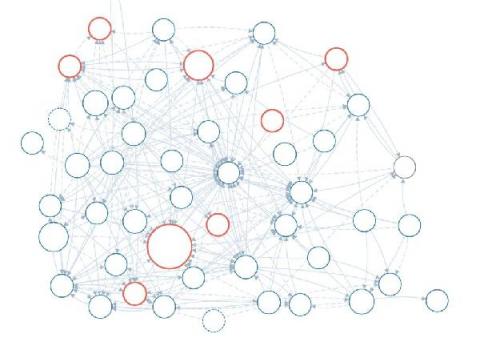Operations | Monitoring | ITSM | DevOps | Cloud
Microservices
What Are Microservice Architectures?
In this article, we are going to look at Microservice architectures, their benefits, what makes them different from traditional monolithic architectures, and how to go about setting up monitoring and alerting for them. MetricFire is a Hosted Graphite, Grafana, and Prometheus service, where we help you set up and manage these open-source tools. If you would like to follow the steps in this blog, make sure to sign up for MetricFire's free trial and even book a demo session.
Microservices vs. Serverless Architecture
Microservices vs APIs: One Doesn't Always Imply the Other
When it comes to conversations around application architecture or working with integrations between applications, you’ve likely heard a couple terms pop up a few times: microservice and APIs. You might also have run across the common misconception that microservices are just a way to implement APIs so they can communicate with each other. As you’ll see in this article, there are alternative ways to architect our microservice applications.
Service Map & Dashboards Provide Insight into Health and Dependencies of Microservice Architecture
Microservices Asynchronous Communication and Messaging | JFrog Xray
Microservices in the Financial Industry
In this episode of Coffee & Containers, North American DevOps Group‘s Jim Shilts speaks with Shipa‘s Bruno Andrade and Fiserv‘s Ken Owens. The topics covered include.
How to Use Quarkus With Micrometer Metrics to Monitor Microservice Pipeline
At LogicMonitor, we deal primarily with large quantities of time series data. Our backend infrastructure processes billions of metrics, events, and configurations daily. In previous blogs, we discussed our transition from monolith to microservice. We also explained why we chose Quarkus as our microservices framework for our Java-based microservices. In this blog we will cover.
The Complete Guide to Microservices
Microservices, also known as microservices architecture, refers to a method of designing and developing software systems. Microservice architecture is becoming increasingly popular as developers create larger and more advanced apps. The goal is to help enterprises become more Agile, especially as they adopt a culture of continuous testing. Here are the basic features of microservices.











